



www.thequietquiet.com





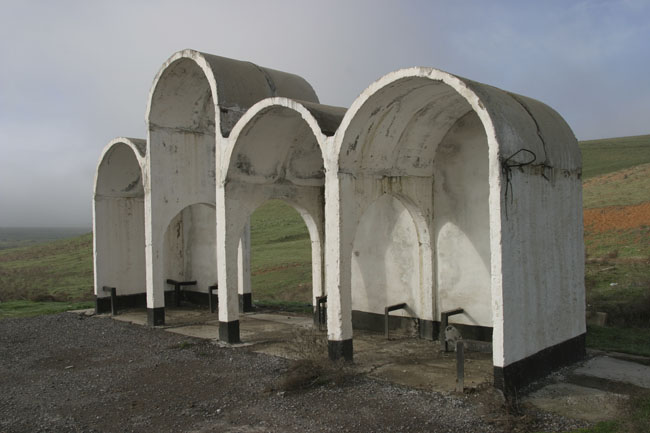
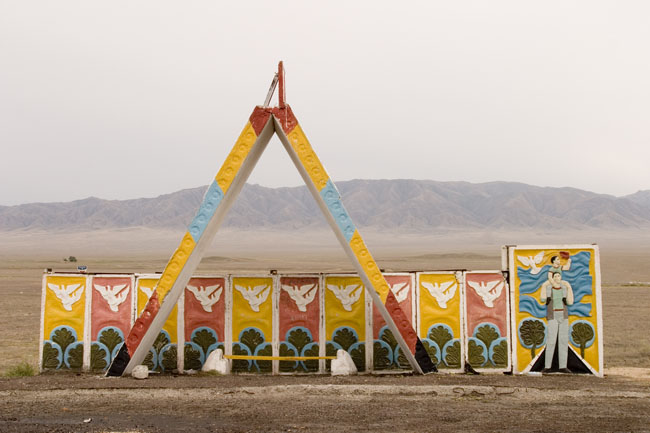
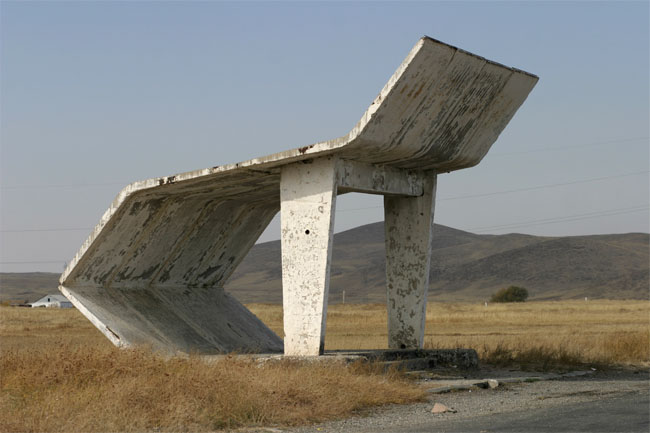
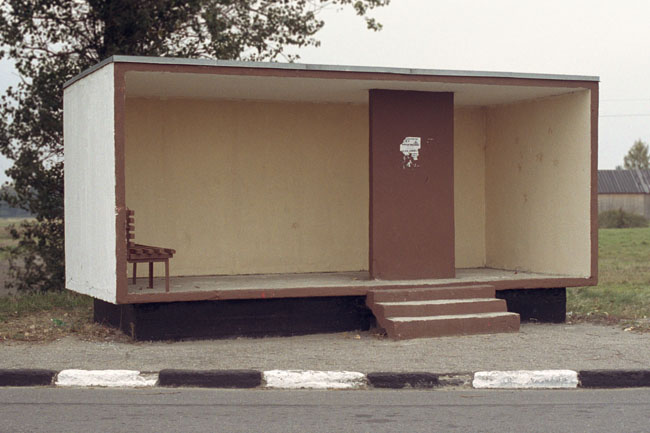
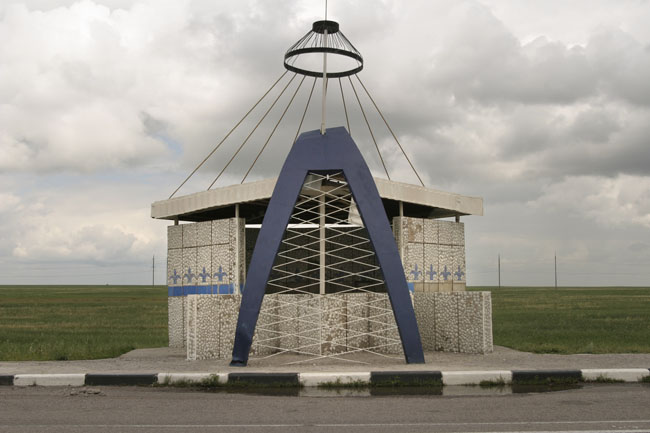



 And here I found the endlessly engaging today and tomorrow. Trawling through their architecture section unearthed a number of charmers, including each of the above, in order from top to bottom: Ring House by TNA Architects, a super-mod dental clinic (?) by Hiroki Tanabe, a very cool restoration project by a German architecture firm, and Rotterdam's Didden Village project.
And here I found the endlessly engaging today and tomorrow. Trawling through their architecture section unearthed a number of charmers, including each of the above, in order from top to bottom: Ring House by TNA Architects, a super-mod dental clinic (?) by Hiroki Tanabe, a very cool restoration project by a German architecture firm, and Rotterdam's Didden Village project.




 I am a sucker for monuments, and a sucker for shiny, modern objects stuck in the midst of charming, old world cities (or dropped in the middle of nowhere nature). So how I missed the opening of the Dublin Spire, I don't know. Just adding to my list of reasons to visit Dublin, I guess.
I am a sucker for monuments, and a sucker for shiny, modern objects stuck in the midst of charming, old world cities (or dropped in the middle of nowhere nature). So how I missed the opening of the Dublin Spire, I don't know. Just adding to my list of reasons to visit Dublin, I guess.

 Late in the evening on Saturday, OES, AL, and I each tried to explain to friends what the Rem Koolhaas/OMA designed CCTV building in China is supposed to look like. Initially, we tried making Ls out of each of our hands and connecting them, but this was not clarifying. OES toyed with an ashtray, a pack of cigarettes, and a finger shaped like an L, but that didn't bring us much closer. Finally, he settled on a metaphor: imagine a Rubix cube with a 2x2 cube from the bottom corner removed. It was the closest we got, and although I suggested that you would also need to remove the remaining squares of a 2x2 cube from the opposite top corner, OES was unconvinced, and he's the architect, so I left it at that. AL, recently returned from Beijing, also swore that the towers were angled inwards, which was briefly debated as possibly just a function of perspective, but in the end, correct.
Late in the evening on Saturday, OES, AL, and I each tried to explain to friends what the Rem Koolhaas/OMA designed CCTV building in China is supposed to look like. Initially, we tried making Ls out of each of our hands and connecting them, but this was not clarifying. OES toyed with an ashtray, a pack of cigarettes, and a finger shaped like an L, but that didn't bring us much closer. Finally, he settled on a metaphor: imagine a Rubix cube with a 2x2 cube from the bottom corner removed. It was the closest we got, and although I suggested that you would also need to remove the remaining squares of a 2x2 cube from the opposite top corner, OES was unconvinced, and he's the architect, so I left it at that. AL, recently returned from Beijing, also swore that the towers were angled inwards, which was briefly debated as possibly just a function of perspective, but in the end, correct.

 At the margins of our known geography, some open country still exists. In a sense.
At the margins of our known geography, some open country still exists. In a sense.The Kingdoms of Elgaland-Vargaland [KREV] were proclaimed in 1992 and consist of all Border Territories: Geographical, Mental & Digital. You are currently visiting the KREV digital territory as a citizen or as a tourist. You are encouraged to browse the digital territory of the Kingdoms - follow the links on the right.
Elgaland-Vargaland is the largest – and most populous realm on Earth, incorporating all boundaries between other nations as well as Digital Territory and other states of existence. Every time you travel somewhere, and every time you enter another form, such as the dream state, you visit Elgaland-Vargaland.
Kings Carl Michael von Hausswolff of Vargaland and Leif Elggren of Elgaland are pleased to welcome you and invite you to email them via the KREV admin office.
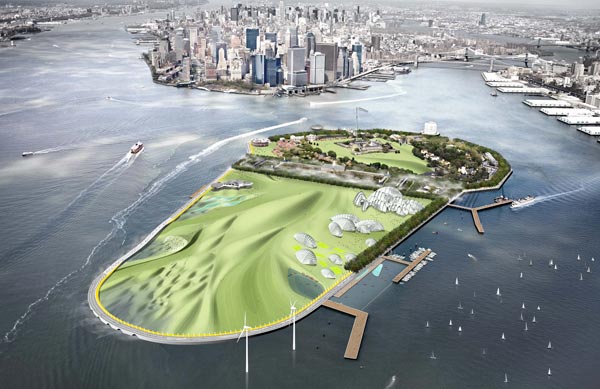
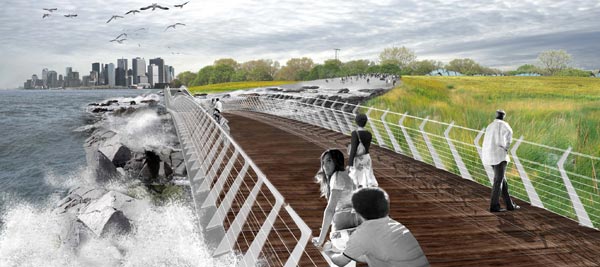 On a slightly more realizable note, the excellent architecture critic Witold Rybczynski, who writes for Slate.com, has an overview of proposed re-designs for New York's Governor's Island. This is an exciting project, certainly. Having spent the day walking through the small but elegant park that has been reclaimed along the Williamsburg waterfront at Kent and North 9th, and having long been an admirer of Olmsted's legacy, in New York (Central Park and Prospect Park) and elsewhere, I can only hope that a Governor's Island re-design is completed during my New York tenure. It will be a welcome addition to the many wonderful parks that help keep public life in New York vital.
On a slightly more realizable note, the excellent architecture critic Witold Rybczynski, who writes for Slate.com, has an overview of proposed re-designs for New York's Governor's Island. This is an exciting project, certainly. Having spent the day walking through the small but elegant park that has been reclaimed along the Williamsburg waterfront at Kent and North 9th, and having long been an admirer of Olmsted's legacy, in New York (Central Park and Prospect Park) and elsewhere, I can only hope that a Governor's Island re-design is completed during my New York tenure. It will be a welcome addition to the many wonderful parks that help keep public life in New York vital. 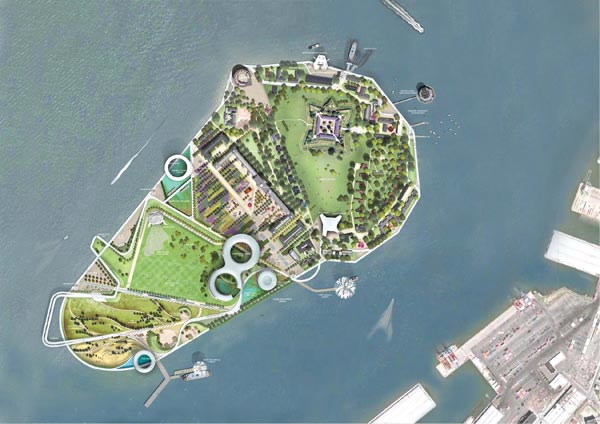


 Gaudi's Sagrada Familia is one of my favorite buildings (and Barcelona one of my favorite cities). The imposing, surreal cathedral is one of those rare feats of architecture that can enrich your daily life (if you are lucky enough to live in Barcelona) and change your perspective about the world (if you are lucky enough to visit). It is hard to believe that a municipal improvement to the Barcelona rail infrastructure would really be allowed to threaten the monument, but stranger things have happened. Let's hope any negative impact is eliminated.
Gaudi's Sagrada Familia is one of my favorite buildings (and Barcelona one of my favorite cities). The imposing, surreal cathedral is one of those rare feats of architecture that can enrich your daily life (if you are lucky enough to live in Barcelona) and change your perspective about the world (if you are lucky enough to visit). It is hard to believe that a municipal improvement to the Barcelona rail infrastructure would really be allowed to threaten the monument, but stranger things have happened. Let's hope any negative impact is eliminated.
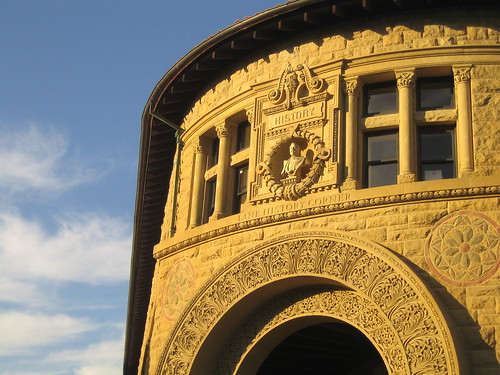
 In my years on campus, the grounds were equal part playground and muse, providing the setting for many mornings, afternoons, and nights of architectural exploration, the backdrop for much of our more lucid forays into short film-making, and generally, a beautiful place in which to mess around.
In my years on campus, the grounds were equal part playground and muse, providing the setting for many mornings, afternoons, and nights of architectural exploration, the backdrop for much of our more lucid forays into short film-making, and generally, a beautiful place in which to mess around.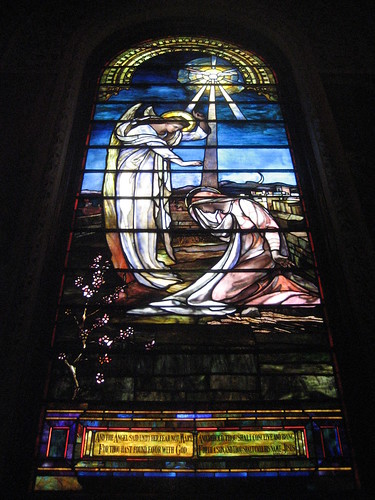 Built in the Mission Revival style in the 1890s, based on plans by Frederik Law Olmsted, the sandstone arcades, red-tiled roofs, and the pink-tile latticed ground stones create an atmosphere of sturdy calm from which to absorb the rich textures of light and shadow. The perfect geometries of the Quad, which stretch from University Avenue to 101 in the East, through Memorial Church and into the foothills, and further, the Pacific and the setting sun in the West, and currently, bisect Green library to the south and the prows of the ship-like face of the technology park, laid on the same axis, to the North, lend a sense of precision and mathematical formality - establishing a baseline of order and intention to the place. And the gem in the crown, Memorial Church itself, with its gilt mosaic face, cool, wooden interior, awash in rich light from the stained glass-lined nave, with its graceful and contemplative organ emoting its quiet plaints most days and some nights, provides an aura of holiness to an otherwise secular campus.
Built in the Mission Revival style in the 1890s, based on plans by Frederik Law Olmsted, the sandstone arcades, red-tiled roofs, and the pink-tile latticed ground stones create an atmosphere of sturdy calm from which to absorb the rich textures of light and shadow. The perfect geometries of the Quad, which stretch from University Avenue to 101 in the East, through Memorial Church and into the foothills, and further, the Pacific and the setting sun in the West, and currently, bisect Green library to the south and the prows of the ship-like face of the technology park, laid on the same axis, to the North, lend a sense of precision and mathematical formality - establishing a baseline of order and intention to the place. And the gem in the crown, Memorial Church itself, with its gilt mosaic face, cool, wooden interior, awash in rich light from the stained glass-lined nave, with its graceful and contemplative organ emoting its quiet plaints most days and some nights, provides an aura of holiness to an otherwise secular campus.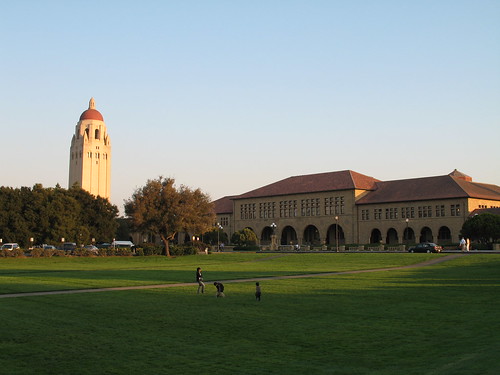
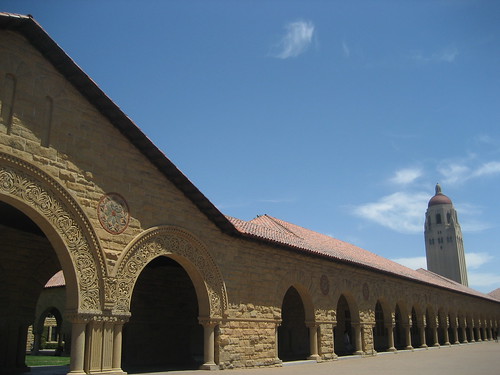

 The Times has a neat little spread on hyper-cool upscale treehouses. The sorts of things that could inspire young children to be wildly imagniative, romantic naturalist little monsters. If you're in to that sort of thing. From the always distracting Apartment Therapy.
The Times has a neat little spread on hyper-cool upscale treehouses. The sorts of things that could inspire young children to be wildly imagniative, romantic naturalist little monsters. If you're in to that sort of thing. From the always distracting Apartment Therapy.